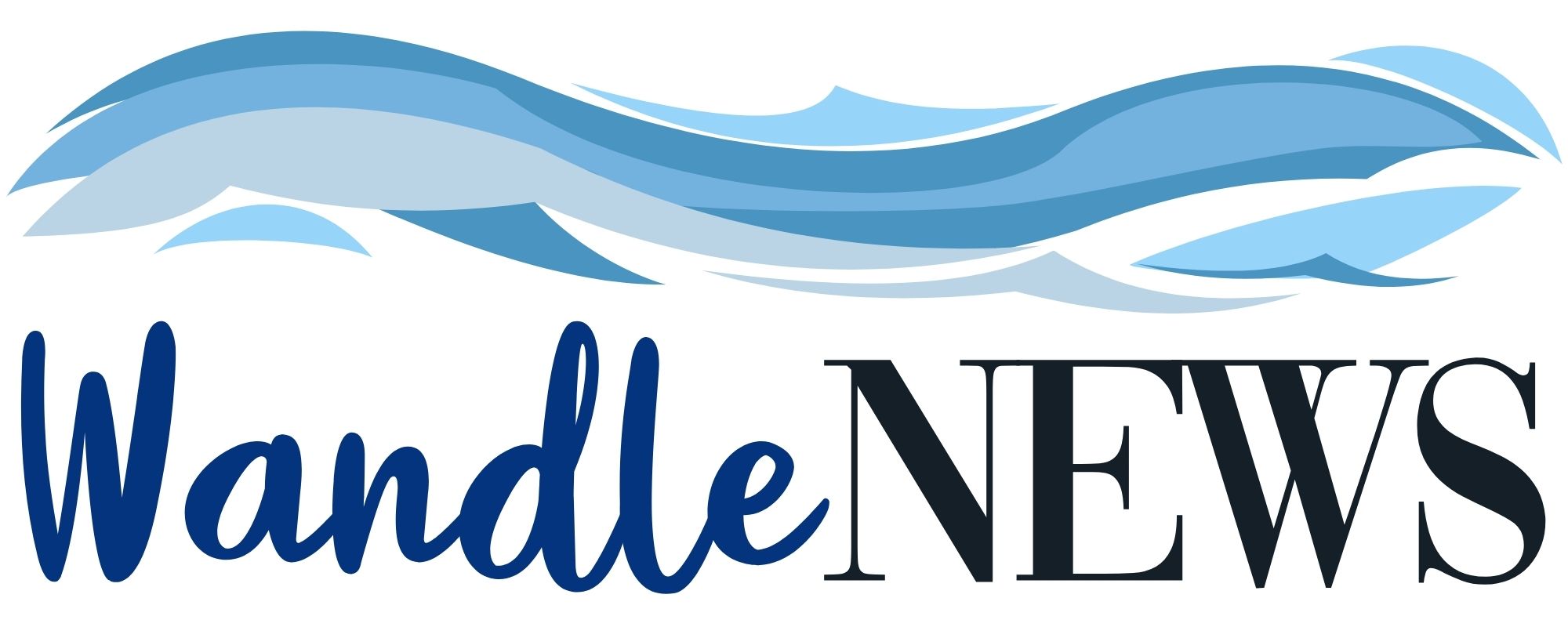The Boat Race is an annual rowing competition between Oxford and Cambridge Universities. In this post I look at the history of the boat race and how it has become a significant part of British sporting culture.
What is the History of the Boat Race?
The boat race first started in 1829 after two friends, Charles Wordsworth who was studying at Oxford, and Charles Merivale, who was studying at Cambridge, had the idea to set up a rowing race.
On 10 February 1829, St John’s College Cambridge, at the request of the Cambridge University Boat Club, sent a message to Christ Church Oxford, challenging them to a race at Henley on Thames. The message read:
‘the University of Cambridge hereby challenge the University of Oxford to row a match at or near London, each in an eight-oared boat during the ensuing Easter vacation.’
Oxford won the race, and their boat can be seen at the River & Rowing Museum in Henley.
The second boat race was seven years later, in 1836. This time the course was from Westminster to Putney. During the following two years, there was a dispute regarding the location of the race, with Oxford preferring Henley and Cambridge favouring London.
The race resumed in 1839, with the tradition being that the loosing team challenges the winner the following year. Since 1856 the race has continued every year until the present day with the following exceptions:
- 1915-1919 there was no race due to World War I
- 1940-1945 there was no race due to World War II
- 2020 there was no race due to the COVID pandemic
History of the Boat Race Colours
The official colour of Oxford University comes from the 1829 Boat Race when the Oxford team chose to wear dark blue during the race. This is why Oxford are referred to as the “Dark Blues”. It is believed the colour originated from Harrow School, where the creators of the Boat Race attended. The light blue colour of Cambridge is thought to have derived from the colours of Eton College.



History of the Women’s Boat Race
The first women’s boat race took place in 1927 on the river Thames in Oxford (known as the Isis). Women’s boat races were then held periodically until 1964 when they started to take place annually.
The women’s races always happened either on the River Cam in Cambridge, or the River Thames in Oxford. On one occasion the race was held on the Tideway at Barnes.
In 2015 the women’s boat race began to take place on the same day and course as the men’s boat race, and in 2018 the term the “Boat Race” began to be used to refer to the combined event.

The Route of the Boat Race
The route of the boat race is a 4.2-mile (6.8 km) stretch of the River Thames that runs between Putney and Mortlake. The course has undergone several changes over the years, with alterations made to the start and finish points.
The first Boat Race in 1829 was held on the stretch of the Thames between Hambleden Lock and Henley Bridge. In 1839 the course was changed to run from Westminster Bridge to Putney, and five further races took place at this location.
In 1845 it was decided to move the race to the stretch between Putney Bridge and Mortlake, to try and reduce any interference from heavy river traffic. The university boat race has been held on this stretch of the river ever since. The map below shows the current route of the race.

Notable Moments in the History of the Boat Race
The Boat Race between Oxford and Cambridge Universities has had many memorable moments throughout its history. Below are some of the most notable moments in the history of the race, from close finishes to controversial decisions.
1877
1877 was the first, and only year, that the boat race ended in a dead heat. The result was controversial however, as despite the formal declaration of a tie, Oxford believed they were the winners. It was as a result of this controversy that finishing posts were introduced, and former boat race athletes became umpires.
1912
In 1912 the boat race took place on a day of very high winds. During the race Oxford had become so water logged they had to row to the bank to empty the boat of water. They were about to re-enter the race when they were told by the umpire that Cambridge had also sunk. A re-match took place the following day, and Oxford won the race by six lengths.
1927 & 1938
The first radio coverage of the race took place in 1927, and the first television coverage was provided by the BBC in 1938. Today, the race is broadcast live on television and online, with millions of people tuning in from around the world.
1998
The fastest race in history took place in 1998 when Cambridge won in a record time of 16 minutes and 19 seconds. Cambridge beat their previous record set in 1996 by 39 seconds.
Two World Wars
The two world wars had a significant impact on the Boat Race, with the race suspended during both conflicts. The race resumed in 1946, with Cambridge winning the first post-war race.
2019
In 2019, James Cracknell became the oldest person to compete in the Boat Race, at the age of 46. He rowed for the Cambridge team who won the race that year.
COVID Pandemic
The COVID-19 pandemic led to the cancellation of the 2020 Boat Race, marking the first time in the race’s history that it had been called off for a reason other than war. The 2021 race was held on the River Great Ouse near Ely, Cambridgeshire, with Cambridge winning both the men’s and women’s races.

Watching the University Boat Race
If you want to watch the boat race, you can either find a place along the river, or go to one of the fan parks. If you go to the park the race is shown on a big screen so you will be able to watch the whole race. Watching from the banks however means after you see the boats go by you’ll need to watch the rest of the race on your phone, or find a nearby pub.
The photograph below was taken from the stretch of the Thames Path between Putney Bridge and Hammersmith Bridge, opposite Harrods Furniture Depository. This is a good spot as you can see the boats coming from a distance. There are also pubs here showing the event on big screens.

The boat race fan parks are at Furnival Gardens in Hammersmith and Bishops Park in Fulham. The parks get pretty crowded, however you will be able to watch the whole race on big screens, and there are stalls selling food and drink.
The first race is the women’s race which starts at 16:00. The men’s race follows an hour later at 17:00.

FAQs About the University Boat Race
Where does the Oxford and Cambridge Boat Race end?
The finish line is just before Chiswick Bridge. The end point is marked by a post in the river that is painted in the University’s colours. There is also a University Boat Race stone on the bank alongside the finish line.
How many times has a boat sunk in the Boat Race?
There have been six years when a boat has sunk in the Boat Race. Oxford sank in 1925 and 1951, Cambridge sank in 1859 and 1978, and both boats sank in 1912.
What was the closest Boat Race ever?
The closest ever Boat Race was in 2003 where Oxford won by 30cm.

This Post was About the History of the Boat Race
Thank you for reading my article about the history of the boat race. The Boat Race is an annual event between two of the countries oldest universities, that takes place during the Easter holidays. Some famous people who have rowed in the Boat Race include the actor Hugh Laurie (Cambridge student), the Winklevoss twins (who famously won a lawsuit against Facebook), and historian and TV presenter Dan Snow (Oxford student).
